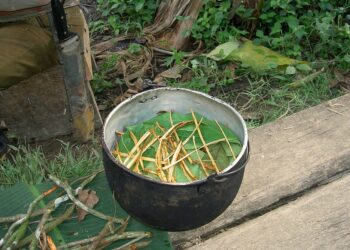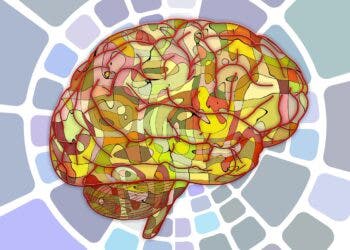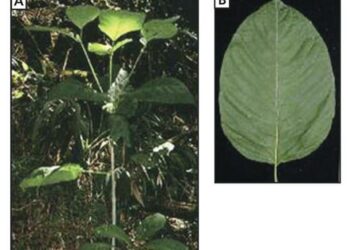Growing up in America seems to be the world’s dream, but it’s not all rainbows and unicorns. With disease rates soaring higher than any other country, many Americans are looking to other cultures for medicine to treat depression, anxiety, PTSD, and a variety of physical ailments. Some traditional medicines have also been shown to be highly effective at treating substance addiction — in some cases, they’re the only things that work.
Whether they’ve exhausted all conventional (or unconventional) options provided in the U.S., or they want to skip straight to the medicine men of faraway lands, people of all ages and all ailments are drawn to experiment with the following plant-based medicines.
Ayahuasca
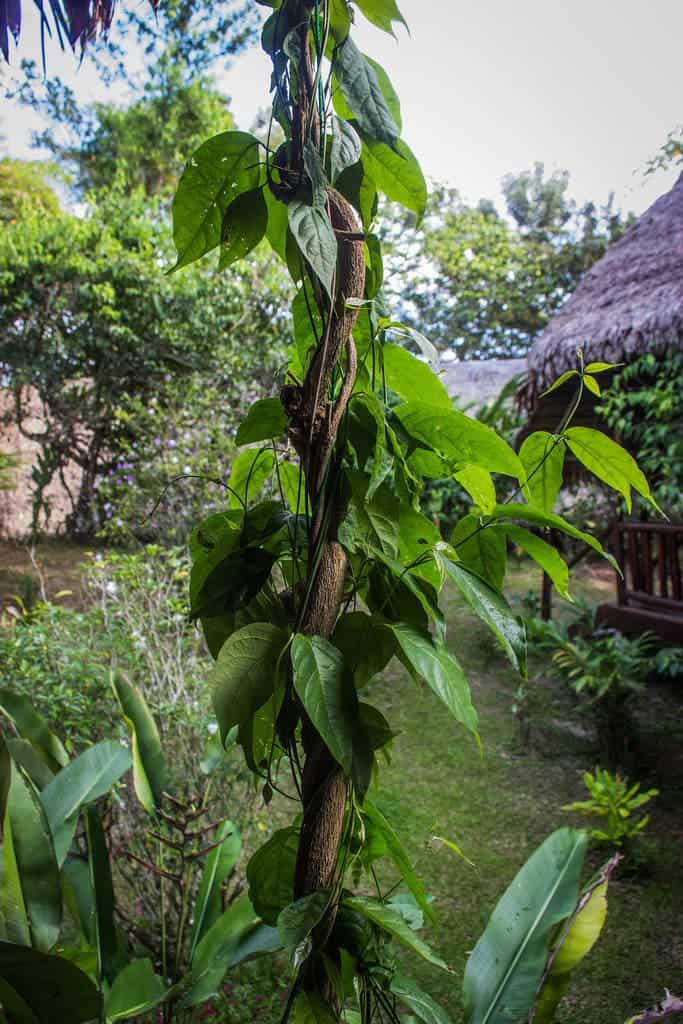
In the Amazon rainforest, Brazilian natives have been brewing ayahuasca tea since the dawn of time. Americans are rapidly becoming aware of this ancient healing tea, flying to South America to experience an authentic ayahuasca healing retreat.
Thanks to the increasing popularity of this ceremonial brew, researchers across the world have begun conducting clinical trials to test its effectiveness against other drugs. The results are positive. One international team of researchers found ayahuasca to ease symptoms of depression, and others have found it to be deeply healing for those with PTSD.
In 2013, Gerald Thomas, who researches addiction at the University of Victoria, British Columbia, investigated ayahuasca’s potential to reduce dependence on addictive drugs. He and colleagues from Multidisciplinary Association for Psychedelic Studies (MAPS) — a non-profit research and educational organization that develops medical, legal, and cultural contexts for people to benefit from the careful uses of psychedelics and marijuana — that ayahuasca therapy was responsible for significant improvements “for scales assessing hopefulness, empowerment, mindfulness, and quality of life meaning and outlook subscales.”
Thomas also argues that ayahuasca therapy helps ease the pain of traumatic memories which cause many people to self-medicate with alcohol and other addictive drugs.
Traditionally, ayahuasca is made by brewing the Banisteriopsis caapi vine, along with other native plants, in a specific way over a specific period of time. When ingested, the brew delivers a powerful dose of DMT – dimethyltryptamine – to the body, and thanks to the presence of at least one monoamine oxidase-inhibiting plant, the DMT remains in the body for hours.
Within American culture, there are two groups of people who gather in sacred circles to participate in ayahuasca ceremonies: those who want healing, and those who want an experience. Both reasons are valid, but due to ayahuasca’s powerful properties, not everyone has a “good” experience despite their desire.
Radix Puerariae

Radix puerariae is the dried root of Pueraria lobata, which has been used in traditional Chinese medicine for thousands of years. In traditional Chinese medicine, R. puerariae is widely used in the treatment of cardiac and cerebral diseases, fever, headache, and hangovers. It is also utilized as food in China and as a dietary supplement in the USA, Australia and United Kingdom. Due to its wide applications, the plant-based medicine has attracted much attention.
According to one 2014 study, R. puerariae improves the health of cerebrovascular and cardiovascular systems by inhibition of apoptosis, diminishing the reflux of intracellular glutamate, attenuating inflammatory response. The findings of a 2016 study suggest that the plant also improves insulin responsiveness in diabetic rats when used as an adjuvant for metabolic disease.
Studies also found that R. puerariae reduces the urge to drink alcohol in addicted individuals. Radix Puerariae showed the most promising efficacy for alcoholism by acting through daidzin, which inhibits mitocochondrial aldehyde dehydrogenase 2 and leads to disulfiram-like alcohol reactions. The root extract may be a safe and effective adjunctive pharmacotherapy for alcohol abuse and dependence.
Peyote

U.S. law classifies the squat cactus and its primary active ingredient, mescaline, as Schedule 1 substances, illegal to sell, possess, or ingest. The law exempts members of the Native American Church, who revere peyote as a sacred medicine. There is evidence that it helps treat alcoholism, whose rate of incidence among Native Americans is twice that the national average. According to John Halpern, a psychiatrist from Harvard Medical School, who has been studying peyote’s potential for treating addiction for over a decade, peyote may have similar effects on people like LSD or psilocybin. The latter psychoactive drugs have been extensively studied in recent years, fueled by a resurgence of psychedelic research, with studies showing that they can treat various forms of addiction, particularly alcohol and opioid use.
Iboga
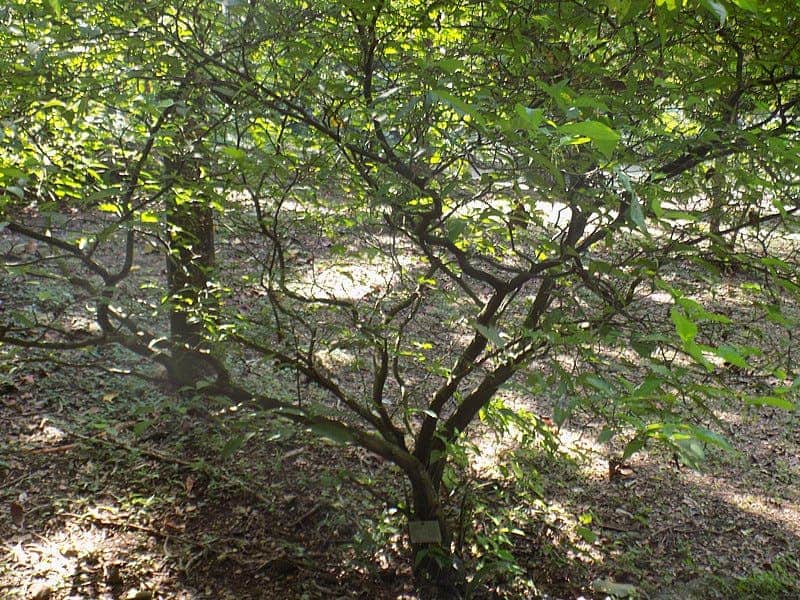
In some circles, iboga — a potent psychedelic drug obtained from the root bark of the African plant Tabernanthe iboga — is hailed as a miracle substance capable of instantly eliminating cravings and withdrawal symptoms for even the most heavily addicted opioid users.
Animal studies suggest that within 24 hours after ingesting ibogaine, the alkaloids produce significant attenuation of opioid withdrawal signs in different animal species. What’s more, the substance also reduces the self-administration of other potent drugs such as cocaine, amphetamine, methamphetamine, alcohol, and nicotine.
In one study performed on humans, involving 33 participants with opioid dependence, withdrawal signs were completely resolved in 29 of the participants (88%). This was not a controlled clinical trial, however.
In a follow-up study conducted in 2004, researchers found that 67% of the 21 participants ceased the use of opioid drugs. The rest (33%) did not end the use of their primary or secondary drugs of abuse but decreased the amount of drug use nevertheless. The overall average drug-free period of all participants was 21.8 months — the median, however, was of 6 months. Another more recent follow-up study published in 2017, which involved 30 participants, 15 subjects (50%) reported no opioid use during the previous 30 days — an effect that “was sustained up to 12 months in a subgroup of subjects.
Bonus: Kratom, what NOT to use
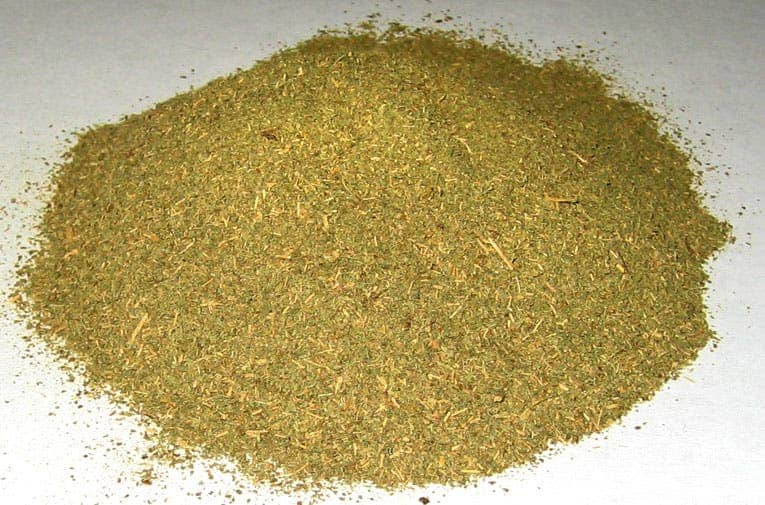
Officially known as Mitragyna Speciosa, Kratom is a tropical tree in the coffee family. Found in Southeast Asia (Thailand, Indonesia, Malaysia, and Vietnam), natives have been using Kratom medicinally for thousands of years. It low doses, it’s been shown to improve mood, enhance concentration, relieve pain, increase energy.
There’s much talk about the benefits and risks of kratom, but it helps to read stories shared by people who have experienced kratom first hand. David Kroll, a scientist-turned-journalist, wrote this article for Forbes to reveal anecdotes and case reports personally sent to him by kratom users. These stories include overcoming addiction, relief of chronic pain from amputation, relief from fibromyalgia, lupus, and back pain. He also shares some negative experiences.
But while kratom seems to help opioid users kick their addiction, these people might be replacing an addiction with another. There is no evidence in the research community showing that kratom is effective at treating withdrawal.
Kratom’s effects are similar to those of opioid drugs like morphine and heroin, which led to its banning in Thailand in 1979 and in Malaysia in 2003.
In the U.S., the FDA has not approved Kratom for ingestion. However, it is completely legal and is currently being sold without regulation in the country. Kratom “bars” are popping up and serving the drug as a brewed beverage in states like Colorado, New York, North Carolina. Anyone can order it freely in such establishments as if it were a beer or coffee.
Withdrawal symptoms for kratom include muscle aches, insomnia, irritability, hostility, aggression, emotional changes, runny nose, and jerky movements. This is one supposed treatment for addiction that, in fact, causes a different addiction.
All medicine comes with risks
The difficulty in determining the safety of plant medicines from other cultures is trying to base your conclusions on U.S. law. For example, ayahuasca is illegal in the U.S. Although some indigenous groups have been granted permission to utilize it ceremoniously in the name of religious freedom, the average person can’t sign up for a ceremony. The fact that it’s illegal can lead one to believe it’s inherently dangerous, but that may not be necessarily true. Kratom, which has shown to be potentially dangerous, is legal in the United States, for instance.
Ayahuasca itself isn’t dangerous unless you’re prone to high blood pressure, have asthma, or other known contraindications. Prescription medicines, on the other hand, are legal and in some cases can be deadly, hospitalizing nearly 2 million people each year, and killing about 128,000.
As always, you should consult a licensed medical practitioner before trying out any of these plant-based alternatives. Also, keep in mind that some of the substances are illegal in the United States, which may result in prosecution if you decide to use them.
